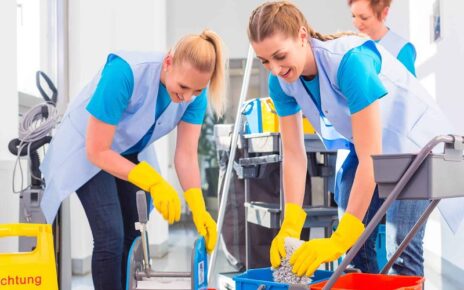As a matter of fact, you may want to get your water tested for any number of reasons, such as because you are connected to a public water supply, or because you are experiencing issues with hard water in your house. It is vital to have an in-depth knowledge of the various water testing procedures and the water parameters that should be examined. You’ll find everything you need here.
Strips of Test
You may obtain test strips online to do your own water tests. With the use of a chart, you compare the strip to the chemical concentration and the strips, which operate by changing colour when they detect specific chemicals, inform you how much of that chemical is present.. The pH level or the amount of chlorine present in the water may be determined by doing these sorts of tests. As a consequence of inadequate resolution, the tests are not as accurate as other kinds of testing, and it might be difficult to interpret the findings. There are certain drawbacks to using these tests, despite their ease of use and low cost.
This is a set of Color Disks
Another method for testing the amount of specific contaminants in your water is a colour disc kit or a drop test kit. You’ll first need to collect a little amount of water in a disposable test tube. The next step is to add a reagent to the tube, which may either be powder or a few drops of liquid. Colour gradient discs, rather than test strips, are used for this test because they are more accurate in measuring the chemical concentration. As the water has various constituents, it will take on a variety of hues. It is difficult to get reliable findings from a microbiological test even though it must be incubated for at least a day or two before the results can be interpreted. In terms of chemistry and microbiology, however, the test may yield a lot of useful information.
Instruments that use digital technology
Analyzing the water in your house may also be done with the help of portable digital gear. The cost of these tests is more than the previous two types of examinations, but the results are more accurate. Training and calibration are essential for obtaining accurate results from the equipment, therefore it is best left to the professionals when using these tools. Electrochemical testers may be used to determine the pH, dissolved solids and salt, dissolved oxygen, and electrical conductivity of the water, whilst luminescence testing equipment can be used to identify bacteria in the water. Quick screening for bacteria may also be accomplished with the use of luminescence testing instruments.
Tests Performed at a Reputable Testing Facility
For the most reliable water analysis, it is recommended that you submit a small sample of your water to a recognized water testing institution. In addition to routine scans to evaluate how your water compares to EPA drinking requirements, these firms provide thorough and health scans that help establish whether or not you need further filtration for your drinking water. There are many firms that provide these scans. Spectrophotometers, more advanced colorimetric comparison tests, or photometric test kits may be used by professional testing labs to detect which toxins are present in your water and in what amounts.





